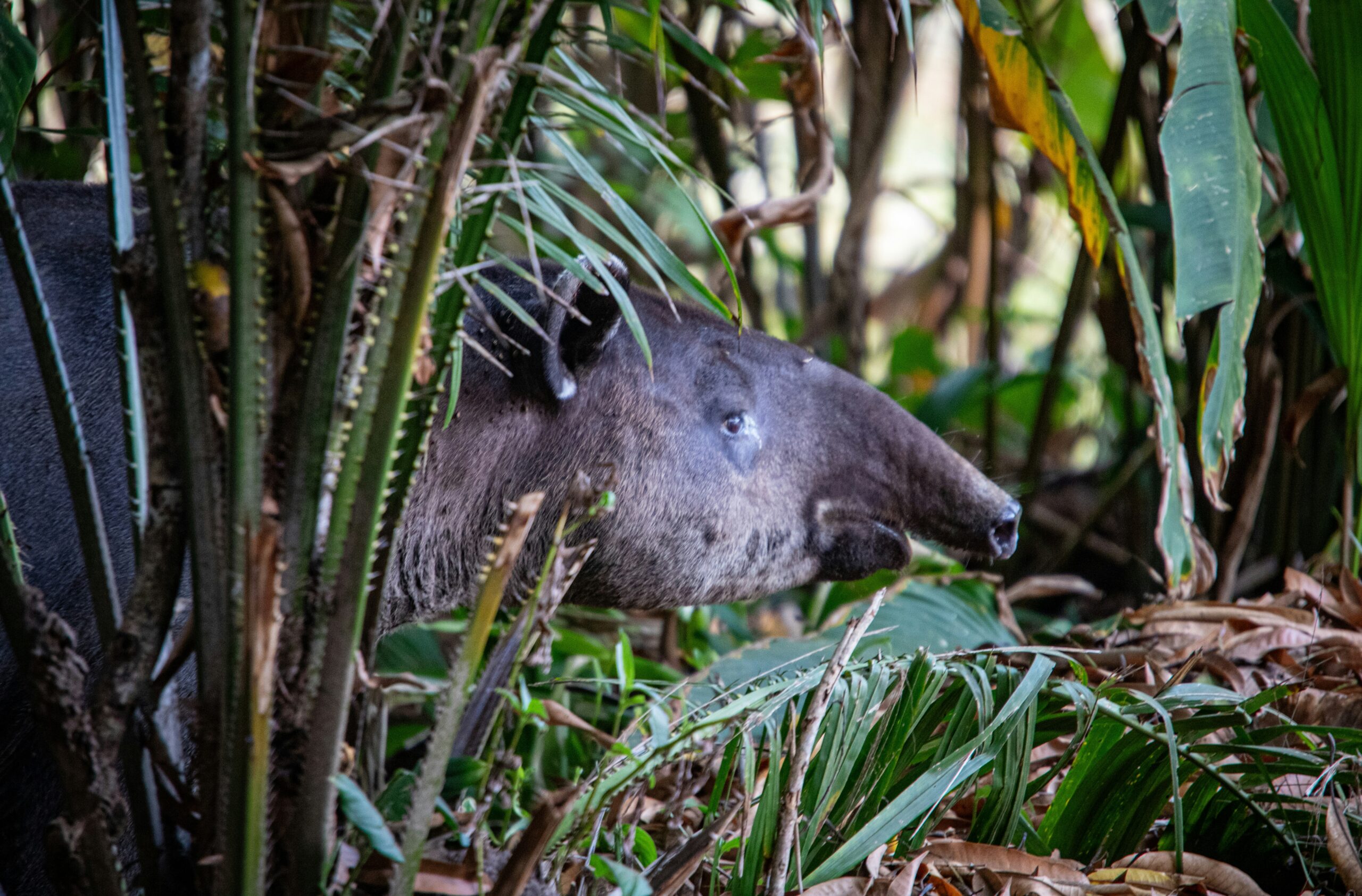The Significance of Wild Habitat Protection: Strategies for Conservation and Sustainability
Introduction
Protecting wild habitats is crucial for the long-term survival of diverse flora and fauna species. As human activities continue to impact natural ecosystems, it becomes increasingly important to build conservation efforts that can sustain these habitats and the plants and animals that depend on them. This blog post will explore the significance of wild habitat protection and discuss various strategies that can be implemented to ensure the preservation of these valuable ecosystems.
The Importance of Wild Habitat Protection
Wild habitats are home to a wide range of plant and animal species, each playing a unique role in the ecosystem. These habitats provide food, shelter, and breeding grounds for countless organisms, contributing to the overall biodiversity of our planet. Protecting wild habitats not only ensures the survival of these species but also helps maintain the delicate balance of nature.
Furthermore, wild habitats provide essential ecosystem services. Forests, for example, act as carbon sinks, absorbing and storing carbon dioxide from the atmosphere, thus mitigating climate change. Wetlands help regulate water flow, reducing the risk of floods and improving water quality. By preserving these habitats, we can safeguard these valuable services that benefit both humans and the environment.
Conservation Strategies for Wild Habitat Protection
1. Establishing Protected Areas:
One of the most effective ways to protect wild habitats is by establishing protected areas, such as national parks, wildlife sanctuaries, and nature reserves. These designated areas provide legal protection to the flora and fauna within their boundaries, safeguarding their habitats from destructive activities such as logging, poaching, and habitat destruction. Protected areas also offer opportunities for scientific research, education, and ecotourism.
2. Habitat Restoration:
In cases where wild habitats have been degraded or destroyed, habitat restoration becomes essential. This involves actively restoring the ecosystem to its natural state by reintroducing native plant species, removing invasive species, and creating suitable conditions for the return of wildlife. Habitat restoration projects can be undertaken by governments, non-profit organizations, and local communities, working together to revive and conserve these valuable habitats.
3. Sustainable Land Use Practices:
Adopting sustainable land use practices is crucial for the long-term protection of wild habitats. This includes promoting responsible agriculture, forestry, and urban planning that minimize negative impacts on ecosystems. Sustainable farming methods, such as organic farming and agroforestry, can help preserve biodiversity by reducing the use of harmful chemicals and protecting natural habitats within agricultural landscapes.
4. Community Engagement:
Engaging local communities in conservation efforts is vital for the success of wild habitat protection. By involving communities in decision-making processes and providing them with incentives for conservation, such as alternative livelihood opportunities or access to education and healthcare, we can ensure the sustainable management of these habitats. Community-led initiatives, such as community-based wildlife monitoring and ecotourism enterprises, can be effective in fostering a sense of ownership and responsibility towards wild habitats.
Conclusion
Protecting wild habitats is essential for the preservation of biodiversity and the sustainability of our planet. By implementing strategies such as establishing protected areas, habitat restoration, sustainable land use practices, and community engagement, we can build effective conservation efforts that sustain these valuable ecosystems. It is our collective responsibility to ensure the long-term survival of flora and fauna by preserving their natural habitats and promoting a harmonious coexistence between humans and the natural world.
